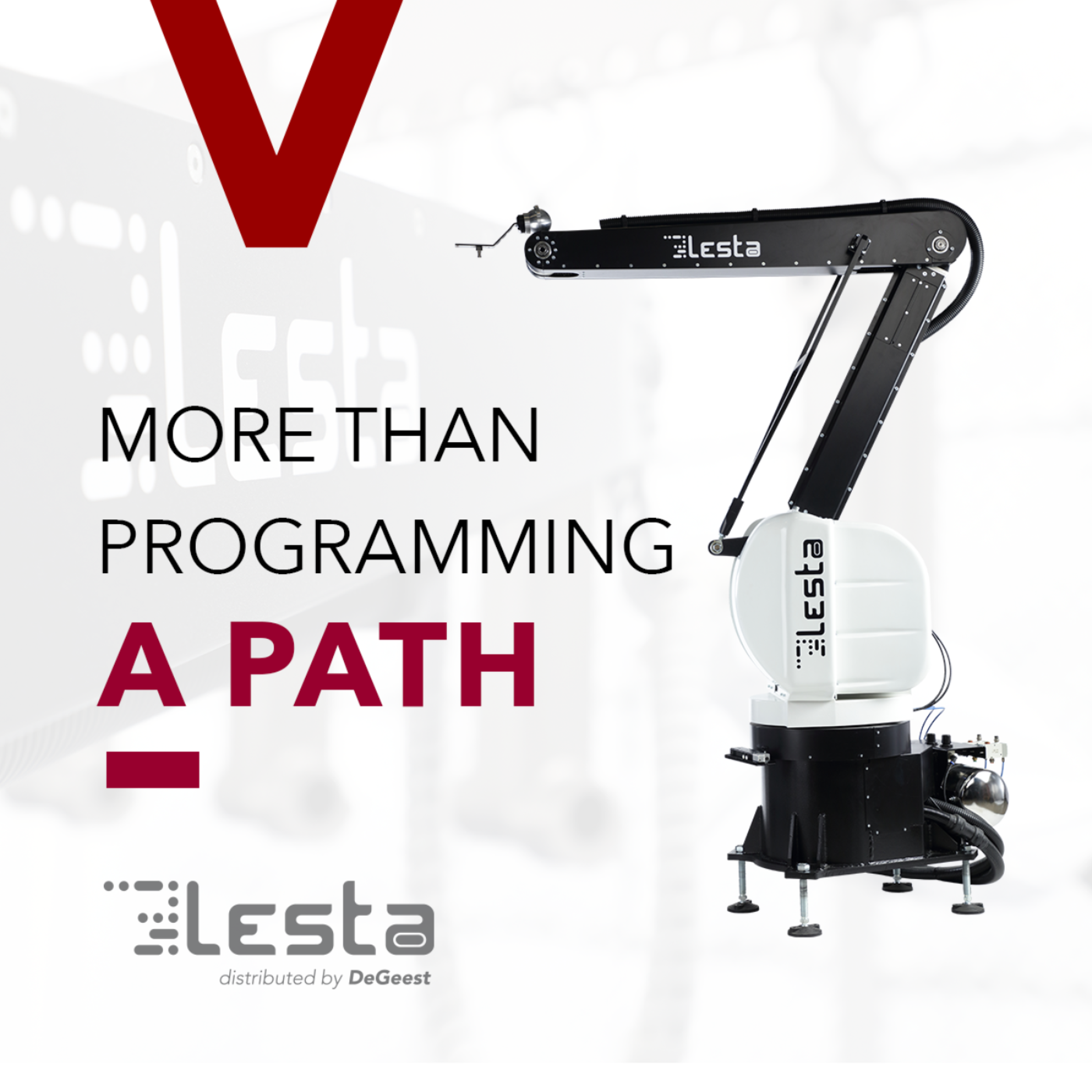Aug 26 2022 16 mins
KEY POINTS:
- Standard industrial robots are not well-suited for finishing manufacturing facilities.
- Despite the advanced technology available to support programming, there are still challenges to overcome.
- Self-learning robots solve common painting and finishing challenges and adapt to new conditions to support manufacturing operations.
In the latest episode of the podcast “Manufacturing a Stronger Standard,” host Derek DeGeest, President of DeGeest Corporation and LestaUSA, talked about robotic finishing and what needs to be discussed prior to creating painting programs and after. Despite the advanced technology available to support programming, there are still challenges we need to be aware of. He contended that “finishing is far more complex than just a programming painting path. In fact, the path is just the beginning,” said DeGeest.
There are many variables that play a role in creating programming paths and running production for robotic painting and finishing. Particularly, because there are many other factors that can greatly affect how the once perfect robots program performs. And, the idea that paint is more forgiving as opposed to welding and other applications is a big misconception.
“We all know that the standard industrial painting robot options that were out there were not fast enough to automate the painting process. It wasn't adaptable to process enough parts or programs to handle finish lines,” said DeGeest. “So now, as new technology is starting to come out, people are seeing we can make a program path faster…. But, thinking that’s enough is a big mistake.”
The types of issues that can arise even with foolproof programming can be right or wrong application equipment, paint or powders, maintenance related, booth related, compressed air issues or even environmental. Seasonal changes are important to consider as well when programming because a programming path that was reliable in a cooler January can present a problem in a humid August.
“Both your software and the connection between your equipment and your robot need to be able to adapt to make sure you’re going to be successful as these variables come up over and over and over again.”
LestaUSA’s self-learning robots are adaptable and designed to resolve the common issues that arise for finishing applications. “This robot has specifically been made to work in finishing. That's the only thing it was designed to do and all of the software, all of the integration, and all of the different variables that people have had for decades have been addressed and found ways to overcome. Combined with the right support system from equipment supplier, distributor and integrator, finishing automation is absolutely possible,” said DeGeest.
